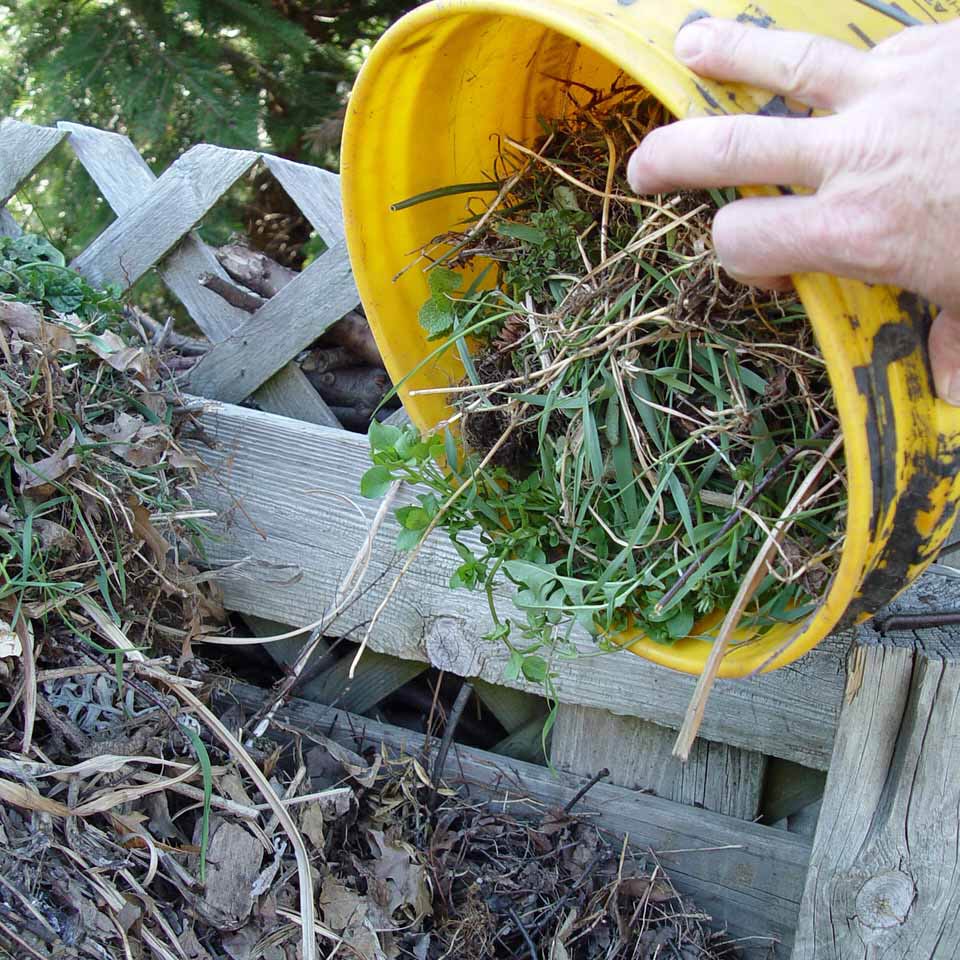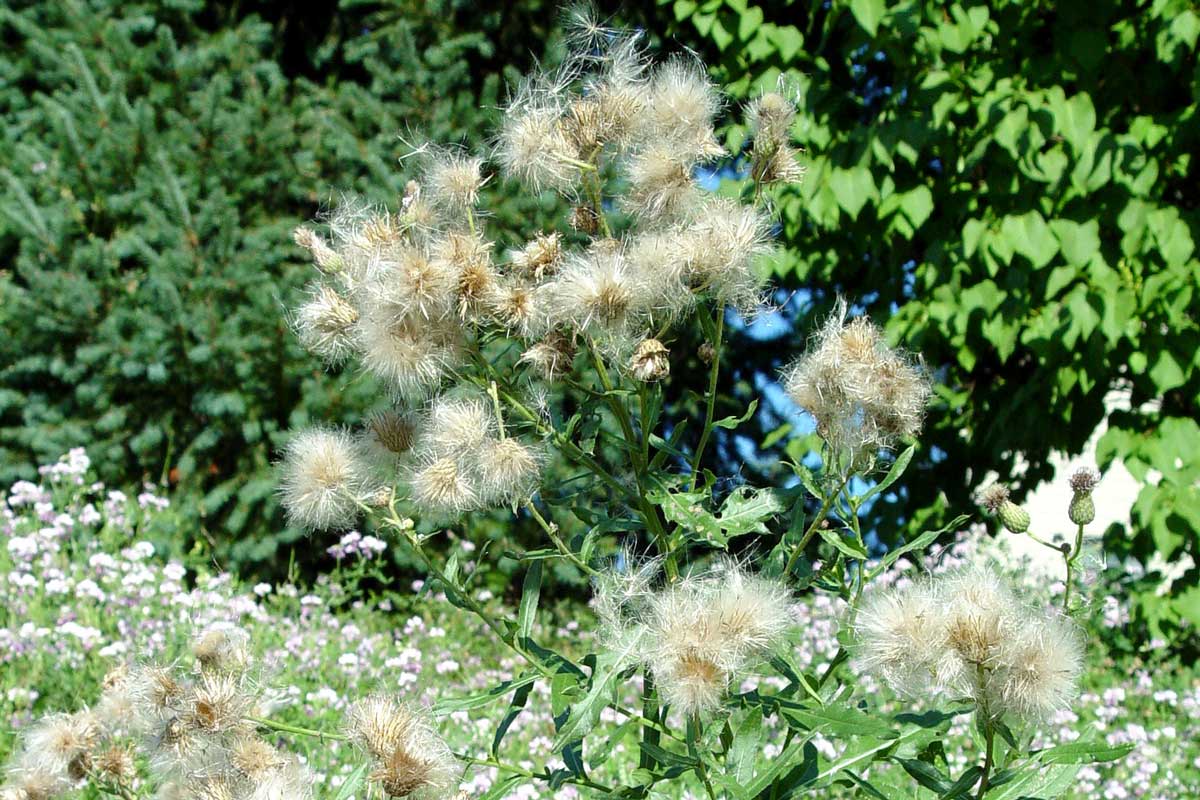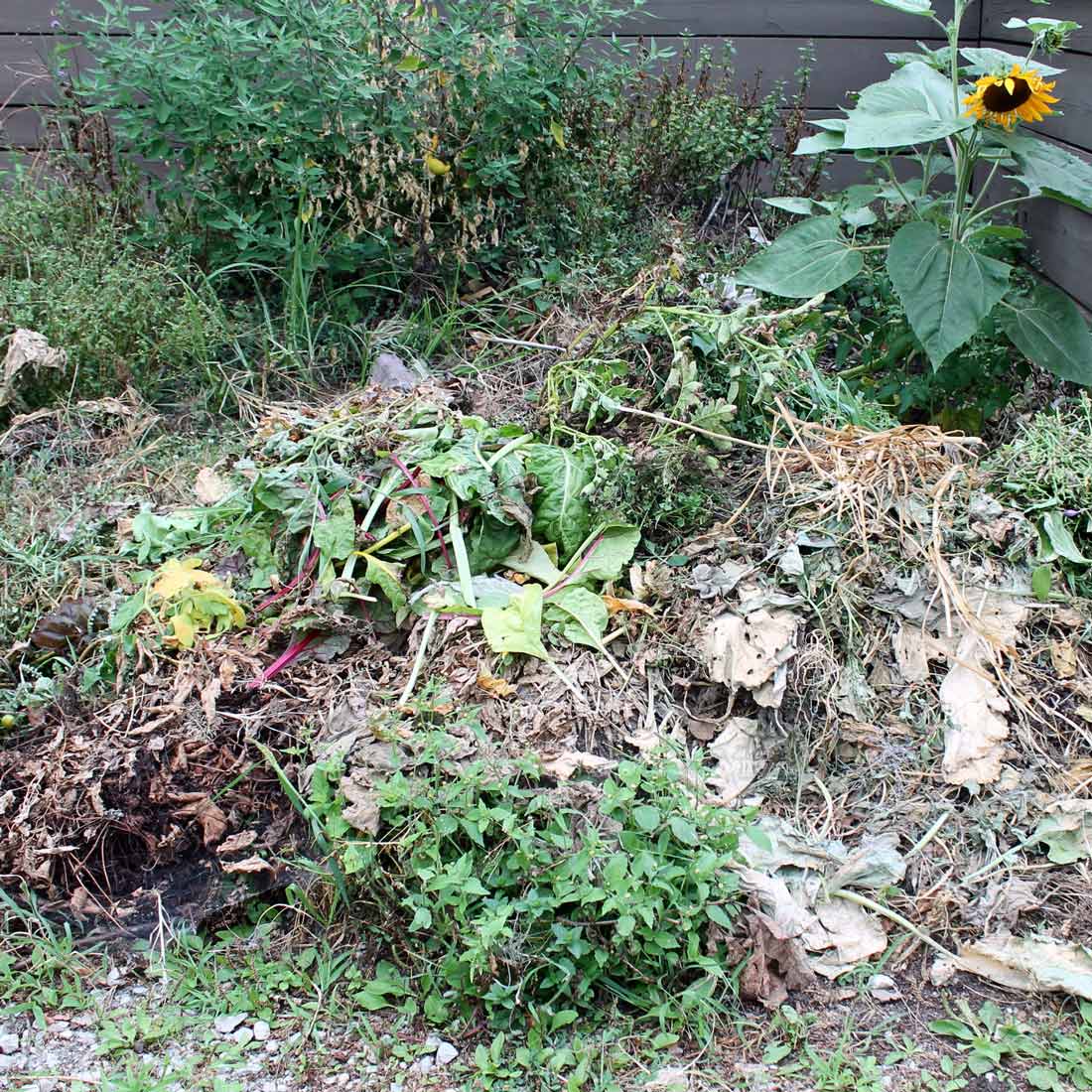How to Prevent Weeds in Your Compost
One of the best things for a garden bed is compost, but the presence of weeds in the finished product may outweigh the benefits. Learn how to keep weeds out of your compost.
When weeds are removed from the garden bed or lawn, they have to go somewhere.
Rather than bag them to go out with the trash, gardeners sometimes wonder if they can put their extracted weeds to better use, say, as input for the compost pile.
But is that a good idea? The answer is yes… with a few exceptions.

Weeds make good input for compost piles… with a few exceptions. George Weigel
Weeds aren’t inherently evil plants with no redeeming qualities. They’re like any other green plant, filled with nitrogen, trace minerals, and organic matter that can be useful to future plants when broken down.
Weeds just happen to have obnoxious enough growth habits and bad enough invasive tendencies to earn status as plants we don’t want – or least not where they’ve decided to grow. They’re not distinctive botanically from other garden plants.
Added to a compost pile, weeds will decompose over time along with leaves, grass clippings, kitchen scraps, and other common compost fare to produce one of the best soil enhancements (free, too).

Avoid adding weeds that have gone to seed to the compost pile, such as these mature thistle plants. George Weigel
While weeds are generally fine for the compost pile, there are exceptions.
Weeds that have gone to seed. Or if you’re particularly cautious, ones that have produced flowers that are about to produce mature seed.
Unless you’re “hot-composting” – turning the pile often enough that it’s hot and steamy – those weed seeds could survive the composting process. Weeds could then germinate where you’ve applied compost to the soil.
Many weed seeds will die within a week or two "cooking" in a well-built compost pile that reaches 130 degrees.
However, tougher weed seeds such as from field bindweed, groundsel, lambsquarters, dock, and spiny sow thistle can tolerate up to a month in 145-degree temperatures before they die.
To be sure you’re not introducing new weeds into the garden from your compost, it’s best to avoid composting gone-to-seed weeds in the first place. This can include seeds in discarded fruits and vegetables, such as tomatoes and pumpkins, that you don’t want popping up everywhere next spring.
Also be aware that weed seeds can hitch a ride into compost piles stuck to grass clippings or leaves, so it’s still a good idea to get your piles cooking to the point where it’s uncomfortable to the touch.
A compost thermometer will give you the most accurate measure to tell if you’re reaching that key 145-degree threshold.
Weeds that are good at sprouting from root pieces and rhizomes. These are also mainly an issue if you’re not hot-composting.
Particularly tough comebackers such as thistle, goutweed, nutsedge, and field bindweed could survive a “vacation” in a lazily done compost pile.
Weeds that cause skin rashes. Examples are wild parsnips, giant hogweed, poison oak, and poison ivy. Handling these or inadvertently touching them while turning compost can lead to a painful rash. Also, the allergenic oils may not break down in the pile even if the foliage dies.
Weeds with thorns or prickles. Examples are multiflora rose, deadnettle, mile-a-minute weed, and thistle.
The less those are handled the better, plus the thorns and jaggers might persist in the compost and give you unexpected jabs at compost-spreading time.

A mix of high-nitrogen and high-carbon plants will break down best in a compost pile. George Weigel
Four steps help heat your compost pile to the point of discouraging weeds:
1. Start with small pieces. They cook faster. Chip, grind, or mow over large leaves and other big raw materials.
2. Construct the pile with a mix of high-nitrogen and high-carbon materials. Good nitrogen sources include spent plant, grass clippings, kitchen peelings, animal manure, and weeds. Good carbon sources include leaves, straw, shredded paper, weed chips, and sawdust.
A 50-50 blend is good, says Master Gardener Robert Pavlis in his book “Compost Science for Gardeners.”
3. Turn the pile often enough that it stays too warm to comfortably touch (at least 130 degrees).
4. Keep the pile damp but not soggy.
For smaller amounts of weeds and for those willing to go an extra step of labor, weeds can be killed prior to adding them to a compost pile by two options.
One is putting them in a black plastic trash bag and setting the bag in the sun for 10-14 days.
The other is soaking the weeds in a tub or bucket of water for about two weeks to rot them before adding them to the pile.